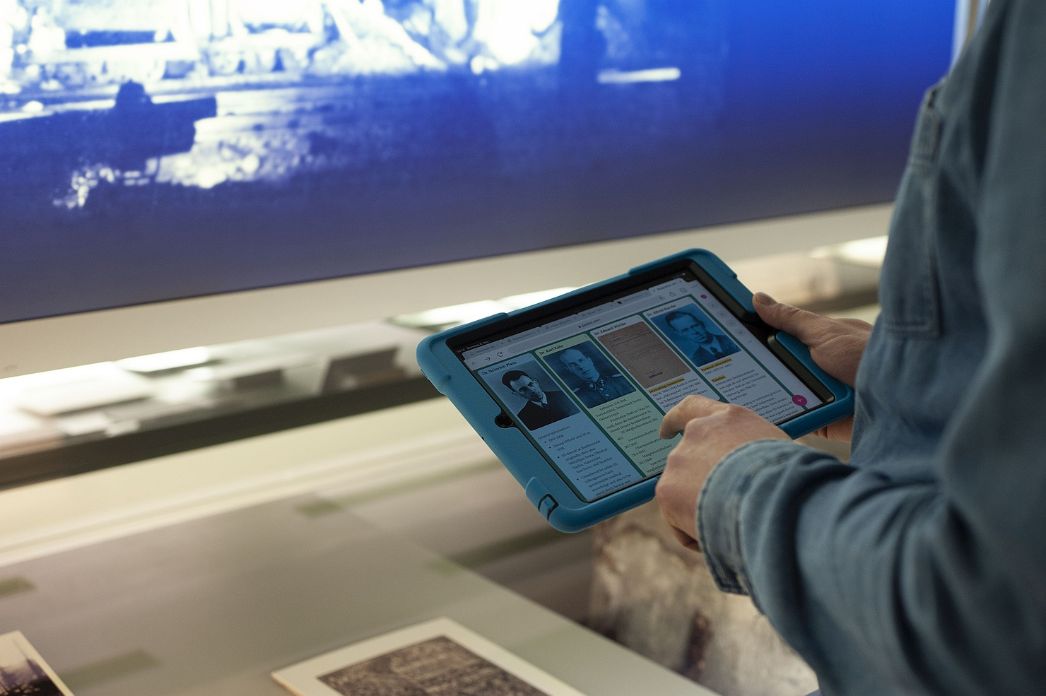
Preparing a Visit to the Memorial
A visit to the memorial should take place on a voluntary basis and should be prepared together with all those involved. We recommend addressing the following questions with participants:
- What expectations do you have about a visit to the memorial?
- What questions do you have?
- What needs and/or fears do you have regarding the visit?
- Where else do we encounter sites of Nazi persecution in everyday life? How have you previously encountered the topic?
Having some knowledge about the history of National Socialism and the concentration camps helps to better process new information and emotional impressions during a visit to the memorial and to develop one's own questions. Ideally, participants are able to ask questions on site based on their pre-existing knowledge and to independently develop additional questions.
The memorial is a place of remembrance and a cemetery. At the same time, it is also a place of learning. There should be no expectations in terms of emotional response. The aim of a visit to the memorial should be to encourage reflection and an examination of history in relation to the present. Work assignments to be completed on site, which only encourage the gathering of factual knowledge, are unsuitable, since they distract from teaching about historical contexts and from evaluations and questions that explore the contemporary relevance of the experience.
Follow-up
A visit to a concentration camp memorial is a lasting and perhaps also disturbing experience. For this reason, education programmes at such memorial sites are designed to provide moderated learning processes that addresses insecurities and answer questions. The aim is to ensure that participants are not overwhelmed by their impressions.
After a guided visit to the site, participants experience an ongoing process of learning, reflection, and questioning. Many learning processes only begin at this moment. For accompanying individuals, disseminators, and teachers, it is therefore essential to reflect on the visit together, following up and possibly continuing an engagement with the topic.
We therefore recommend offering an open follow-up discussion – with enough time and space – for answering questions and sharing impressions. Follow-up questions could include: What made an impression you? What surprised you? What still makes you think? What made you feel insecure? What did you like or dislike?
As places of learning outside a school setting, memorials function differently than schools. Visits are geared towards independent and dialogical learning and take place without the pressure to perform or receive a grade. The follow-up to a memorial visit should therefore not focus on reviewing and testing memorized dates or facts.
In the context of our multi-day programmes, the use of iPads provides additional interactive and digital possibilities for visit follow-up. For example, products developed by groups can be integrated into the follow-up.

